To give a bit of background, I'm trying to fix a friend's NeoGeo CD console which doesn't read disc: The disc doesn't spin at all, the laser assembly and lens are moving, the diode turns on. But it seems it didn't detect any disc and so never make it spin. The spinning motor seems to work, applying 1 V makes it turns. The driver IC seems Ok too (it drives the carriage motor correctly).
My friend thought the laser assembly was bad, and order a new one and so asked me to replace it. This replacement comes from Ali Express, and even if it uses the same SHARP IC, the PCB and wiring on it doesn't seems to be the same as the original one. So it might be bad, as long as the original one. But with either one or the other, there's no spinning at all.
But after making some research on google, I found an old thread post of someone having similar issue (disc not spinning), and the guy said he founded a bad transistor (didn't say which one) on the cd drive controller board (he did have another working NeoGeo and could swap controller board to confirm that the issue comes from it).
So I went ahead and try to test (in circuit ...) with a DMM (in diode mode) the 5 transistors on the PCB, and found one suspicious, in a SOT23 package (sorry for the picture quality, I should have clean the board):
With the diode tester, I find only a connection between 2 pins of the transistor. And I couldn't find what kind of transistor this one is (I know it can be hard with smd marking).
Fortunately, there's another one on the board, which I could test (and which seems to be OK):
I'm absolutely not an expert, so when I tried to identify the transistor and its pinout, so I'm not sure at all that this is correct. It seems it's an NPN, but the pinout seems uncommon (as far as I know most SOT23 transistor has a common pinout?). Also what I think it's the base is connected to ground (on both transistors), which also seems uncommon (common base?).
Considering it's an SOT23, I don't think I can easily unsolder it from the board (I do have a cheap hot air desoldering station), test it, and put it back if it's OK. I would preferred to replace it with an equivalent TO92, if it's worth it. Also I don't want to do any useless damage to the PCB.

